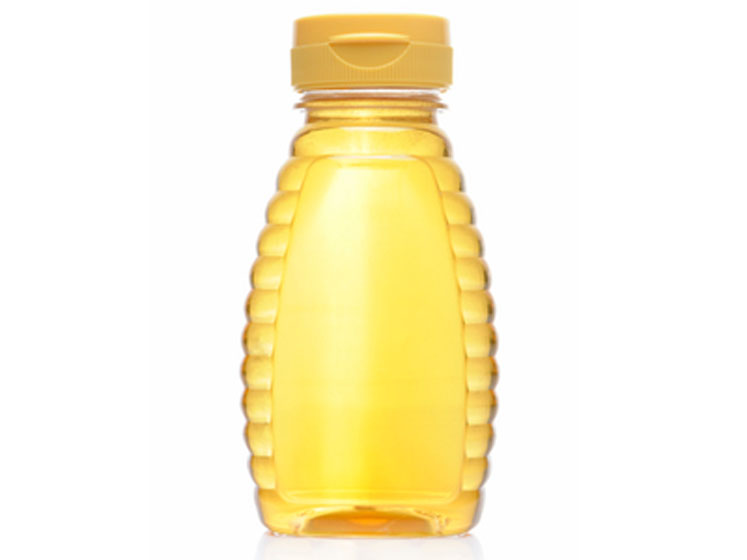Honey is a very simple product, essentially made up of just two types of sugar: glucose and fructose. This natural simplicity is central to the product’s appeal as a nutraceutical, offering health benefits as an antioxidant and antiseptic for millennia. However, this same quality also means that honey is very easy to tamper with, making it one of the most heavily adulterated ingredients in the world.
Unscrupulous producers frequently add additional sweeteners to honey to “improve” the product and command a better price. This type of fraud often goes undetected because of the sheer number of companies in the globalised honey supply chain purchasing large volumes of the product, as well as the recent impact of the coronavirus pandemic.
Fortunately, scientific analytical instruments continue to be developed for the detection of honey adulteration, with new generations of equipment offering increased sophistication and efficiency. Through the use of these methods, the nutraceutical industry will be better equipped to fight back against the fraudsters and safeguard the integrity of the honey trade.
The growing issue of honey adulteration
Growing consumer interest in honey is evidenced by significant sales growth, with data from Statista showing that the global honey market was worth close to $7.05 billion in 2016 — a 46% increase from $4.82 billion in 2007, with the average annual production of honey reaching 1.86 million metric tons in 2017.
However, this demand has also attracted the attention of unprincipled producers who have inundated the market with adulterated, low-quality or mislabelled honey by augmenting or diluting honey with other kinds of sugar to make it sellable. In other instances, fraudsters will tamper with low-grade honey variants to be passed off as one of the premium varieties, such as the New Zealand-produced Manuka honey.
These fraudulent honey products are starting to flood the market, despite strict guidelines in the international Codex Alimentarius rules stating that no other substances or additives can be added to honey.
Furthermore, the disruptions caused by the COVID-19 lockdowns are simultaneously making it harder to maintain standard product testing protocols, further increasing the risk of fake goods slipping through the cracks.
With the UK also facing uncertainty about the future of its regulatory processes with the end of the Brexit transitional period fast approaching, these various factors add up to create a perfect storm for the nutraceutical sector, in which the spread of adulterated honey is harder to monitor than ever before.
How fraudulent honey is produced
There are two types of honey fraud: adulteration and authenticity. Adulteration occurs when honey is augmented with added sugars or sweeteners, which come from one of two different sources. Meanwhile, authenticity issues can arise when a honey product is incorrectly declared as coming from a particular region, such as cheaper Indian or Thai honey being mis-sold as British-produced.
Detecting honey adulteration
To accurately detect honey adulteration, the instruments needed to address it must be sophisticated, flexible and adaptable. Fortunately, quality control labs are able to rely on a suite of sophisticated scientific methods to help them solve the issue of honey fraud as effectively as possible.
The most common detection method involves analysing honey samples using isotope-ratio mass spectrometry (IRMS). This simple method allows the unique carbon-13 isotopic fingerprint of the honey to be determined and evaluated for adulteration quickly and easily. However, adulterers are becoming more sophisticated and new technologies are needed to keep ahead of them.
Natural sugars found in honey are categorised as C3 sugars, which are generated from flowering plants; many honey products are adulterated with C4 sugars, such as cane sugar and high-fructose corn syrup, which can be easily identified according to a standard method defined by the Association of Official Analytical Chemicals (AOAC) using IRMS.

The newer adulteration techniques use other forms of C3 sugars taken from crops such as beets and rice to improve or stretch the raw honey, which is not detected by the AOAC method, which enables adulterated honey to enter the market.
Additionally, these IRMS methods can be used to look for geographical markers, such as region-specific pollen, to identify the true origins of a honey sample and help to prevent fraudulent mislabelling and safeguard protected regional products.
Introducing BiovisION Honey
With honey adulteration on the rise, quality control labs depend on IRMS platforms to identify products with added sugars or those that have been falsely mislabelled as being from a specific geographic region. However, many current systems lack robustness, resulting in considerable downtime and a high cost per analysis.
Elementar has designed and launched BiovisION Honey in response to this growing demand for a more reliable approach to honey analysis. The BiovisION Honey platform solves the problems of many other current systems by using high-temperature combustion methods to analyse honey samples — a far more efficient approach than the wet chemical techniques used by other commercial IRMS systems.
The BiovisION Honey approach avoids the frequent maintenance issues and time-consuming “babysitting” required with wet chemical analysis, meaning that honey analysis labs can avoid the downtime and high costs that many are currently struggling with.
A head-to-head analysis against the Thermo Scientific LC IsoLink — one of the leading honey analysis tools currently on the market — has shown that BiovisION Honey is simpler to use and requires much less frequent maintenance, delivering significant cost-effectiveness benefits compared with its competitor.
The availability of innovative solutions such as these are likely to be welcomed by an industry that is under mounting pressure to reduce threats posed by fraud quickly. In the coming years, the international supply chain is only likely to become more complex and globally integrated, and the nutraceutical sector will need to evolve accordingly.
By making use of the latest quality assurance tools available to them, suppliers and manufacturers of products containing honey will be able to fully capitalise on all of the opportunities presented by the growing interest in honey.
